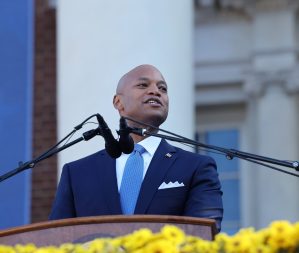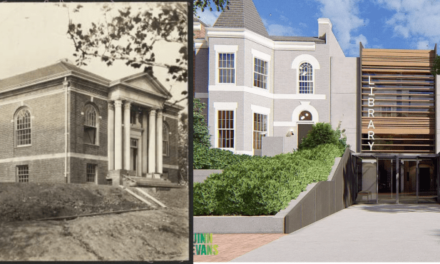By Ben Finley,
Associated Press News
The Black men who drove horse-drawn carriages through the streets of Colonial Williamsburg, Va. were simultaneously invisible and omnipresent during the Jim Crow era.
Their wooden coaches help conjure up images of the late 18th Century for visitors among the likes of Queen Elizabeth, Sir Winston Churchill and former Gen. Dwight Eisenhower. Though the coachman was invaluable to the Southern way of life, the men were forced to use separate bathrooms and water fountains, along with the many other sanctioned indignities of segregation.
“These guys were resilient,” Paul Undra Jeter, the living history museum’s director of coach and livestock said.
Colonial Williamsburg has begun to honor the coachmen by naming a new carriage after one of them, with hopes that more will follow.
The first carriage is named in honor of Benjamin Spraggins, who was sometimes said to be the most-photographed man in Williamsburg – though few captions include his name. Spraggins was also celebrated with a carriage processional and ceremony on Feb. 26.
The tribute is part of the museum’s ongoing reckoning over race and its past storytelling about the country’s origins and the role of Black Americans.
Colonial Williamsburg tells the story of Virginia’s late 1700s capital and includes more than 400 restored or reconstructed buildings. The museum was founded in 1926 but did not tell Black stories until 1979. More than half of the people who lived in the colonial capital were Black, and many were enslaved.
Segregation-era coachmen were exclusively Black. They were part of a much larger Black workforce that underpinned the museum’s operations as cooks, maintenance workers and landscapers, said Ywone Edwards-Ingram, a professor in the Department of Focused Inquiry at Virginia Commonwealth University.
In a 2014 scholarly article, Edwards-Ingram pushed back against 1979 as a watershed year for inclusion because Black people had long worked there, sometimes in highly visible roles, even if they were not officially interpreters.
In the 1890s, before the museum was founded, Black residents served as guides for sightseers and later helped reconstruct buildings for the museum. They also worked in archaeology to help uncover physical evidence of the colonial capital. And some dressed in costume, performing tasks such as candle making, Edwards-Ingram said.
She added that the segregation-era coachmen were essentially interpreters- ambassadors even, for passengers and dignitaries.
But they received little recognition.
“When you look at the photograph collections of Colonial Williamsburg, many times their names were not even mentioned,” Edwards-Ingram said. “That’s why it’s important to name that carriage. You’re making things visible.”
Driving coaches from 1937 to 1953, Spraggins was able to give “his perspective of the town” and “took an active role in the cultural performance of the carriage ride, basically controlling the visitors’ experiences,” Edwards-Ingram wrote in her article.
Spraggins died in 1987. A grandson, Darrell Jimmerson, said his grandfather was a humble and hard-working man.
Jeter, the museum’s coach and livestock director and the first Black person to have the job, said Colonial Williamsburg now employs Black, White and female carriage drivers.
Help us Continue to tell OUR Story and join the AFRO family as a member – subscribers are now members! Join here!
The post Museum begins honoring Black coachmen from the Jim Crow era appeared first on AFRO American Newspapers .










